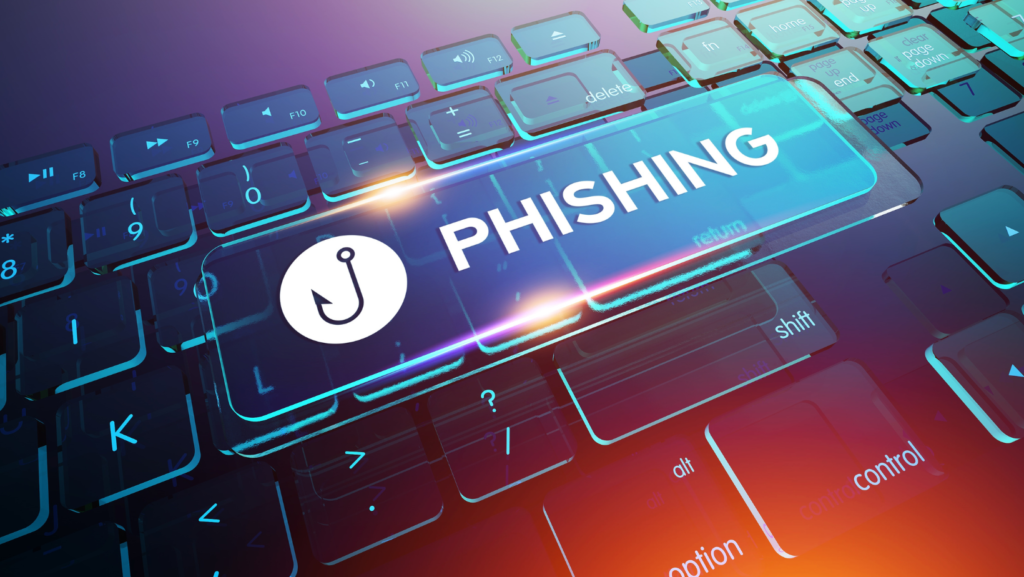Phishing scams have become a common peril in the realm of digital communication. They pose a daunting challenge to our personal and financial safety. To shield yourself, you must first comprehend what they are and then learn how to sidestep them.
Defining Phishing Scams
At their core, phishing scams are deceptive tactics employed by cyber offenders to gain confidential information from unsuspecting internet users. They typically employ emails or text messages that impersonate legitimate businesses or organizations. The goal is to dupe you into revealing your personal details, such as credit card numbers, passwords, or social security numbers.

Identifying Phishing Scams
Identifying phishing can be tricky as fraudsters continuously innovate their strategies. However, some common indicators include urgent calls to action, threats, or offers that appear overly beneficial. An email or message pressuring you to act immediately is often a sign of a scam.
Types of Phishing Scams
Phishing scams come in many forms, each with its own set of tricks to deceive you. Here are some common types:
- Email Phishing: This is the most prevalent type where scammers send out mass emails masquerading as a trusted organization like your bank or credit card company. The email usually contains a link that redirects to a fake website where they trick you into providing your sensitive information.
- Spear Phishing: Unlike regular phishing, spear phishing targets specific individuals or organizations. Hackers spend time researching their victims to make their attacks more convincing.
- Whaling: A type of spear phishing but at a larger scale. It targets high-profile individuals like CEOs or politicians. The attackers often impersonate these individuals to authorize fraudulent transactions.
- Smishing: This is phishing through SMS. Scammers send text messages tricking recipients into clicking on a link or calling a number.
- Vishing: Similar to smishing, vishing is voice phishing where fraudsters use phone calls to trick victims into giving away their personal information.
- Pharming: In this type, hackers redirect users from a legitimate site to a fake one without their knowledge. Even if you type in the correct URL, you can still be redirected to a bogus site.
- Clone Phishing: Here, scammers clone a legitimate email that contains a link or attachment, replace it with a malicious one, and resend it from an email address spoofed to appear as coming from the original sender.
Strategies to Evade
Dodging scams involves a blend of vigilance, awareness, and the use of appropriate tools. Here are some strategies:

- Pause Before You Click: Always think twice before clicking on any links or attachments in an email. If it gives you a suspicious feeling, it likely is a scam.
- Leverage Anti-Phishing Tools: Numerous browsers offer free anti-phishing extensions that can warn you when you’re about to enter a potentially harmful website.
- Guard Your Information: Refrain from sharing your personal or financial information through email or text messages. Authentic organizations will not solicit sensitive data via these channels.
The Role of Training and Awareness
The most potent weapon against phishing scams is awareness. Companies should offer their employees training resources that educate them about phishing techniques and how to detect them. Individuals should also stay updated about the latest scams and methods used by fraudsters.
Wrapping Up
Today, phishing scams represent an ever-present threat. However, with knowledge and alertness, we can safeguard ourselves from becoming victims. Stay educated, think before you click, and never casually share your sensitive information. Remember, cybersecurity isn’t a one-off task but an ongoing commitment.
Sources:
- Federal Trade Commission: How to Recognize and Avoid Phishing Scams
- Microsoft Support: Protect Yourself From Phishing
- North Carolina Department of Information Technology: Avoiding Phishing Attacks
- Phishing.org: 10 Ways to Avoid Phishing Scams
- Lepide: 10 Ways to Prevent Phishing Attacks
- Cybersecurity & Infrastructure Security Agency: Teach Employees to Avoid Phishing

